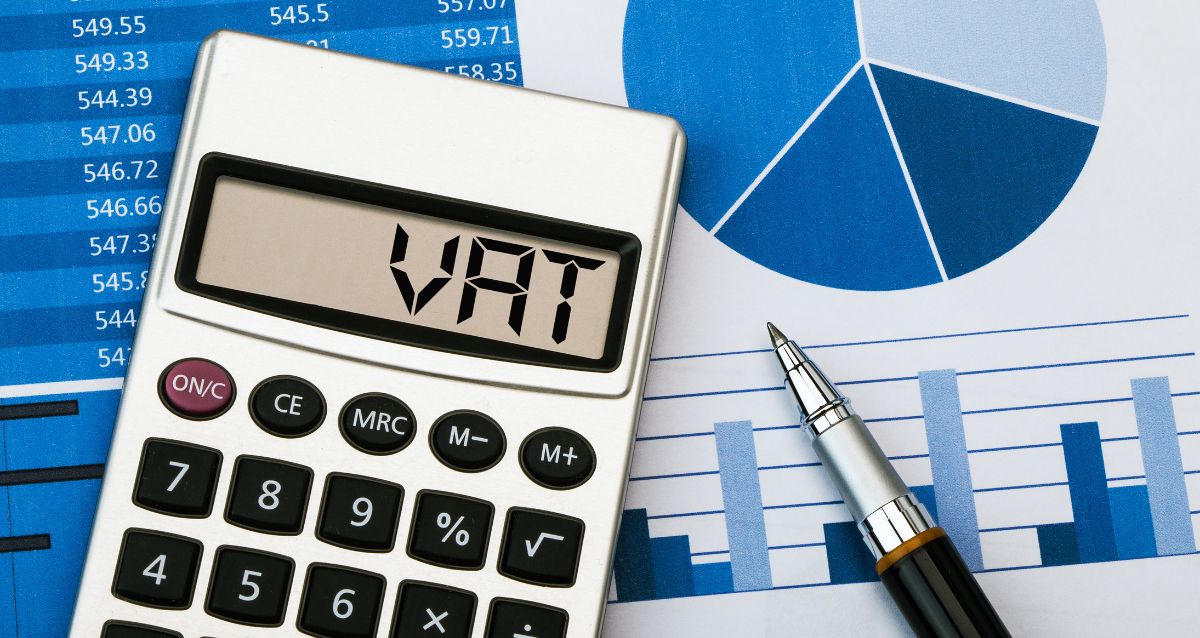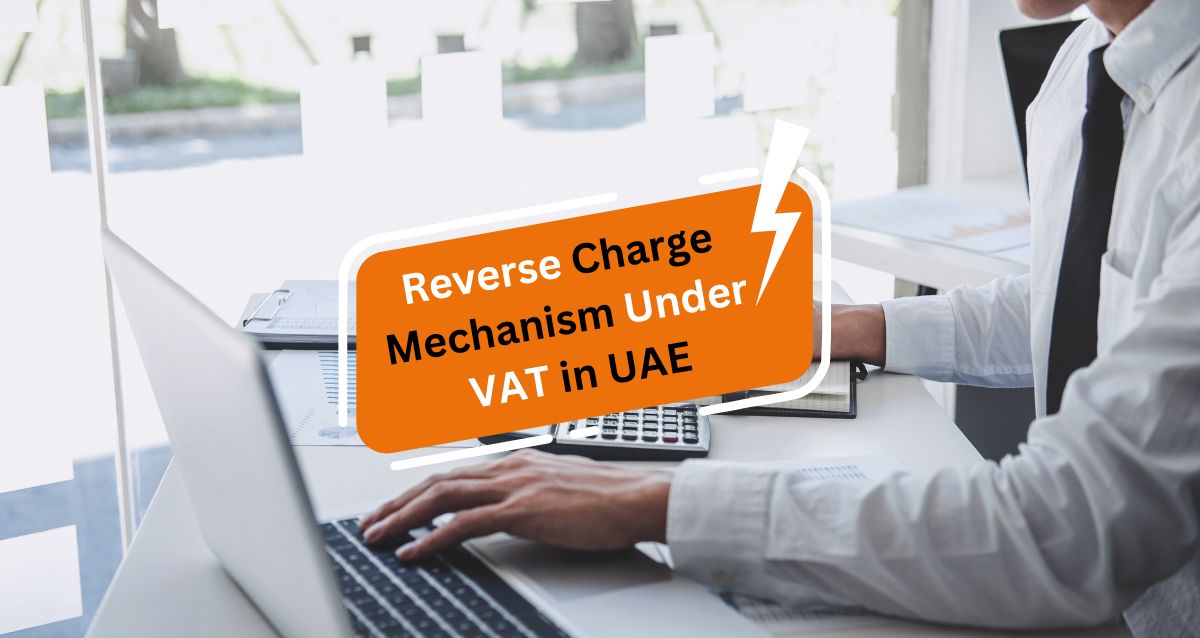Guide for Reverse Charge Mechanism under VAT in UAE
The UAE has a solid VAT handbook to make people and businesses compliant with the VAT. Companies involved in exporting and importing must understand the VAT terms and conditions prevailing in the United Arab Emirates.
The UAE VAT Law has mandated a few transactions as a VATable transaction. Among these transactions, some taxes are paid by suppliers while some taxes are paid by buyers. When we are talking about VAT, we cannot ignore Reverse charge mechanism VAT.
The reserve charge mechanism has always been hashed out among distinguished practices implanted in the UAE VAT Law. It is an essential piece of the ruling for the entities engaged in importing transactions to study the features and implications of the particular regulatory provision in the United Arab Emirates.
If you want to know everything about the Reverse charge mechanism in UAE 2024, you have entered the right place. We will focus on every aspect of Reverse Charge Mechanism in the UAE. In addition, we will give you every essential insight about the VAT Reverse charge mechanism.

Reverse Charge Mechanism in UAE 2024 – Overview
In any routine transaction, suppliers are responsible for charging, accounting, and the payment of Value Added Tax (VAT) in the UAE to the Federal Tax Authority (FTA). In contrast, the accountability and liability of VAT get shifted from the suppliers to the receipts or buyers of the goods or services for any transactions that involve imports of products or services in the United Arab Emirates.
Conversely, the buyer of the goods or service is given an option to reclaim such VAT paid if they are eligible under the input VAT recovery rules. The distinct approach in import transactions, which is different from the conventional VAT method is known as the Reverse charge mechanism in UAE.
In short, the reverse charge mechanism is the transaction in which the liability to pay the Value Added Tax (VAT) applies to the receipt or buyer of the good or service instead of suppliers.
Reverse Charge Mechanism Example
Suppose a company XYZ from the USA supplied products worth AED 6500.00* to a firm named ABC, a VAT-registered person in the United Arab Emirates. As it is a supply of the product on which VAT is applicable, someone must pay the applicable VAT.
Since these products are imported from the USA, XYZ will not charge the Value added Tax (VAT) to ABC because it is not a VAT-registered company in the UAE. ABC must pay the cost for products for the XYZ and VAT liability to the FTA or any relevant authority in the UAE.
While filing a VAT return, the ABC company claims the 5 percent VAT liable amount as input tax and adjusts it against the output tax liability. Hence, the Reverse charge mechanism VAT rules in UAE only shift this liability from the XYZ company to the ABC company.
How does the reverse charge mechanism work?
To understand the Reverse charge mechanism VAT rules in UAE, let us take a look at another example:
Mr. Saif is a VAT-registered person. He uses the service of a bookkeeper named Sam, who is an Italian. As Sam is not registered in the UAE VAT, he does not have to file any UAE tax return or pay any tax. In contrast, Mr. Saif must record the reverse charge on his relevant VAT return because he has obtained a service from a non-UAE-based supplier. In this example, the supplier’s place is replaced by the receipt or buyers under the Reverse charge mechanism in UAE.
What should you do If you are a receipt involved in a reverse charge transaction?
In this case, you should calculate the tax amount to be paid to the government, self-account the VAT amount as output during the purchase, and declare it in your VAT return. If possible, then you can claim input credit. However, you should maintain the necessary documents, like invoices for future reference.
What is the purpose of initiating the reverse charge mechanism?
The Federal Tax Authority (FTA) finds it complex to track suppliers’ business transactions and ensure VAT compliance when transactions are happening outside the United Arab Emirates. Thus, recipients who live in this country will be charged for VAT on a reverse charge basis. These methods are mainly used in international transactions. Suppliers who reside outside this country must not register or account for VAT where their buyers are located.
When the tax liability gets shifted upfront to the registered recipient of the imported product or service, such possibilities of tax evasion will be eliminated. In addition, the reverse charge mechanism introduction implies a supportive approach from the relevant authorities to preserve the opportunities of local suppliers by avoiding situations where the recipients prefer any outside supplier because of the impact of underlying VAT in any taxable supplies in the UAE.

When is the reverse charge mechanism applicable?
There are a few cases where Reverse charge mechanism VAT rules in UAE. The UAE Tax Laws have outlined the circumstances under which this provision is applied. The following is the list of these cases:
- Purchase of products from a designated zone
- Supply of hydrocarbons for resale by a supplier to a registered buyer or recipient in the UAE
- Supply of crude or refined oil by a supplier to a registered recipient in the UAE
- Supply of processed or unprocessed natural gas through a supplier to a registered recipient or buyer in the UAE
- Manufacture and distribution of energy supplied by a supplier to a registered recipient in the UAE
- Import of goods or services from other GCC and non-GCC nations. The supplier of the goods or services should be based in another country. The supplier may or may not run a business in the UAE.
- Supply of Electronic Devices for resale by a supplier to a registered buyer or recipient in the UAE
What are the requirements within the reverse charge mechanism VAT Law?
The following is the list of requirements that you must fulfil to adhere to the reverse charge mechanism law:
- Every registered company owner has to keep proper records of their supplies that incur a reverse charge.
- Invoices, receipts, and refund vouchers should indicate whether the tax payable is within the reverse charge.
- The products or services receivers’ must be registered for VAT.
How can Flyingcolour Tax help you?
The reverse charge mechanism in UAE makes buyers in this country eligible for the VAT if they import a product or service from another country. Flyingcolour Tax Consultant can help you to pay VAT through a Reverse Charge Mechanism (RCM). In addition, we can clear any doubt about the UAE VAT or RCM.
To learn more about Reverse Charge Mechanism Under VAT in UAE, book a free consultation with one of the Flyingcolour team advisors.
Disclaimer: The information provided in this blog is based on our understanding of current tax laws and regulations. It is intended for general informational purposes only and does not constitute professional tax advice, consultation, or representation. The author and publisher are not responsible for any errors or omissions, or for any actions taken based on the information contained in this blog.
